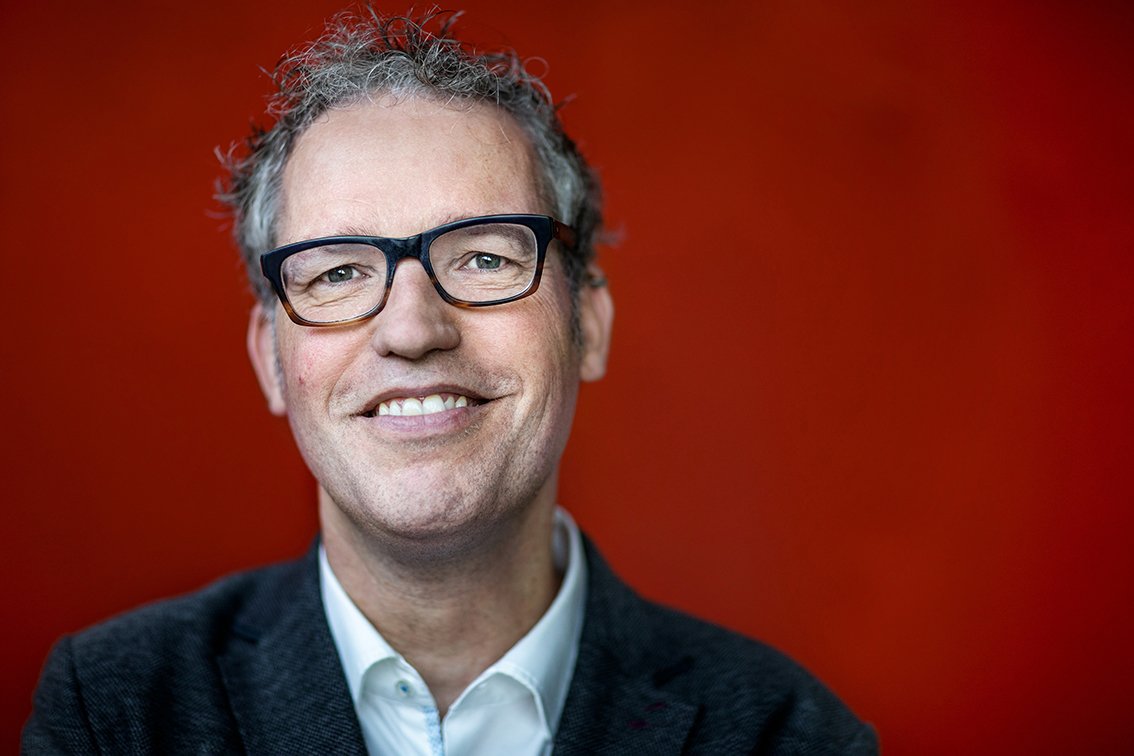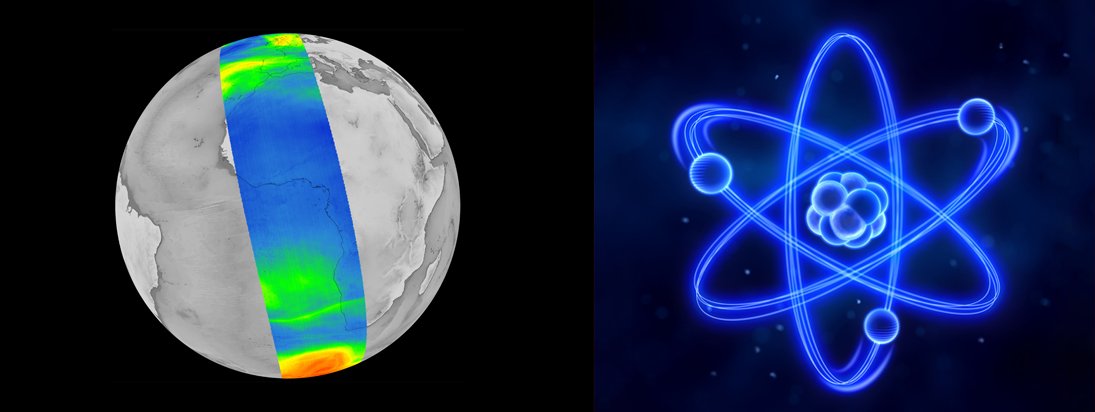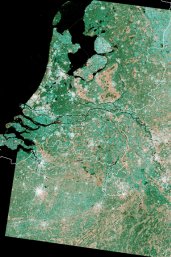'Our ultimate goal is that people live healthily for longer'
Prof Roel Vermeulen talks about his large-scale research into the exposome
Almost two years ago, the Utrecht Exposome Hub started and Roel Vermeulen was appointed as Professor of Environmental Epidemiology and Exposome Analysis. The aim? To gain more insight into all of the non-genetic factors which, in interaction with each other, influence health. In other words, to understand the exposome better. Thanks to several prestigious grants that Vermeulen recently received, exposome research is now firmly on the international map. One of the grants he received was a large award of more than 17 million euros from the Ministry of Education, Culture and Science for the Dutch consortium Exposome-NL. Roel Vermeulen is the coordinator of the consortium and is confident the funding will lead to real impactful findings. He talks about the consortium's big ambitions.

What we eat and drink, the air we breathe, our social interactions and lifestyle choices such as exercise are all examples of the non-genetic factors that influence our health and which together constitute the exposome. The biological reaction of an individual to these factors is also part of the exposome, which drives at least 70 per cent of the development of chronic illnesses. The other 30 per cent is dependent on genetic factors, the genome. Vermeulen: 'We know far less about the exposome than we do about the human genome. So far, we only understand about half of the disease burden for which we know the environment plays a role. If we want to prevent people from becoming ill, then we need to understand the other half too. We therefore want to systematically analyse the exposome for the first time.' Until recently, researchers did not have the methods and techniques needed to do this en mass. However, thanks to progress in the use of satellites, wearables, modelling and biomedical measurements, they can now do this research.
Exposome of the Dutch population
Measuring and analysing the exposome is a complex undertaking. 'The ambitions are huge, and in ten years’ time, we want to have achieved three concrete objectives with the consortium. First of all, we want to have described the exposome of the Dutch population. In other words, we want to know which non-genetic factors play a role in the development of chronic diseases and how those factors are interacting with each other.' The scientists will start with research into the causes of cardiovascular diseases and diabetes type 2, but ultimately the exposome applies to all chronic diseases and conditions.
Exposome research extends from satellites to microscopes.


Google Maps for risk factors
'The second goal is to produce an exposome map, a sort of Google Maps, but then with the risk factors for diseases, such as air quality, green, food environments and the possibilities for physical exercise. That will enable policymakers to see where there are hotspots with few or many risk factors. That is important, because the health inequities in the world are large. Even here in Utrecht, people who live in the best neighbourhoods live on average twelve years longer in good health than people in the poorer neighbourhoods.' The third and last ambition of Vermeulen and his colleagues is to use the exposome map and biological measurements as a basis for issuing advice for a longer, healthier life at the individual level. 'Knowledge of the risk factors, individual biological characteristics, and lifestyle and exercise patterns will enable us to give tailored advice.'
Unique collaboration makes the difference
The Dutch consortium is a team of top scientists from different disciplines such as epidemiologists, geographers, sociologists, chemists, biomedics and ethicists. 'Thanks to this unique collaboration, we believe that we can unravel the exposome. Our partners are experts in their discipline, have unique knowledge and develop state-of-the-art technologies. By consolidating our strengths, we can make a difference and remain at the top internationally.'
Animals will be mapped too
Vermeulen will also implement the exposome research within veterinary medicine. 'With the help of small sensors, we recently described the chemicals cats are exposed to. Besides giving us a better understanding of diseases in cats, this knowledge can also provide us with new insights into potential exposure risks for people and how these could influence human health.'
'To achieve our goal, we need to know the causes of chronic illnesses and be able to intervene effectively to address these causes.'
Effective prevention
Up until now, knowledge about the impact of non-genetic factors did not result in a sufficiently effective approach. 'Although we all know about the detrimental consequences of unhealthy nutrition and little exercise, the prevalence of cardiometabolic diseases, like cardiovascular diseases and diabetes type 2, is rising. So setting up effective intervention programmes is an important aspect of the exposome research. We suspect that the current intervention programmes are too general in nature. We therefore want to develop programmes for specific groups or individuals. With this, we hope that in ten years’ time, people will stay healthy for up to three to four years longer."
The Utrecht Exposome Hub is an initiative of Utrecht University. In the Hub, scientists work together with societal partners on a concrete key issue. Researchers from Utrecht University work with various institutions, including UMC Utrecht, TNO and the National Institute for Public Health and the Environment (RIVM), to map the exposome.

